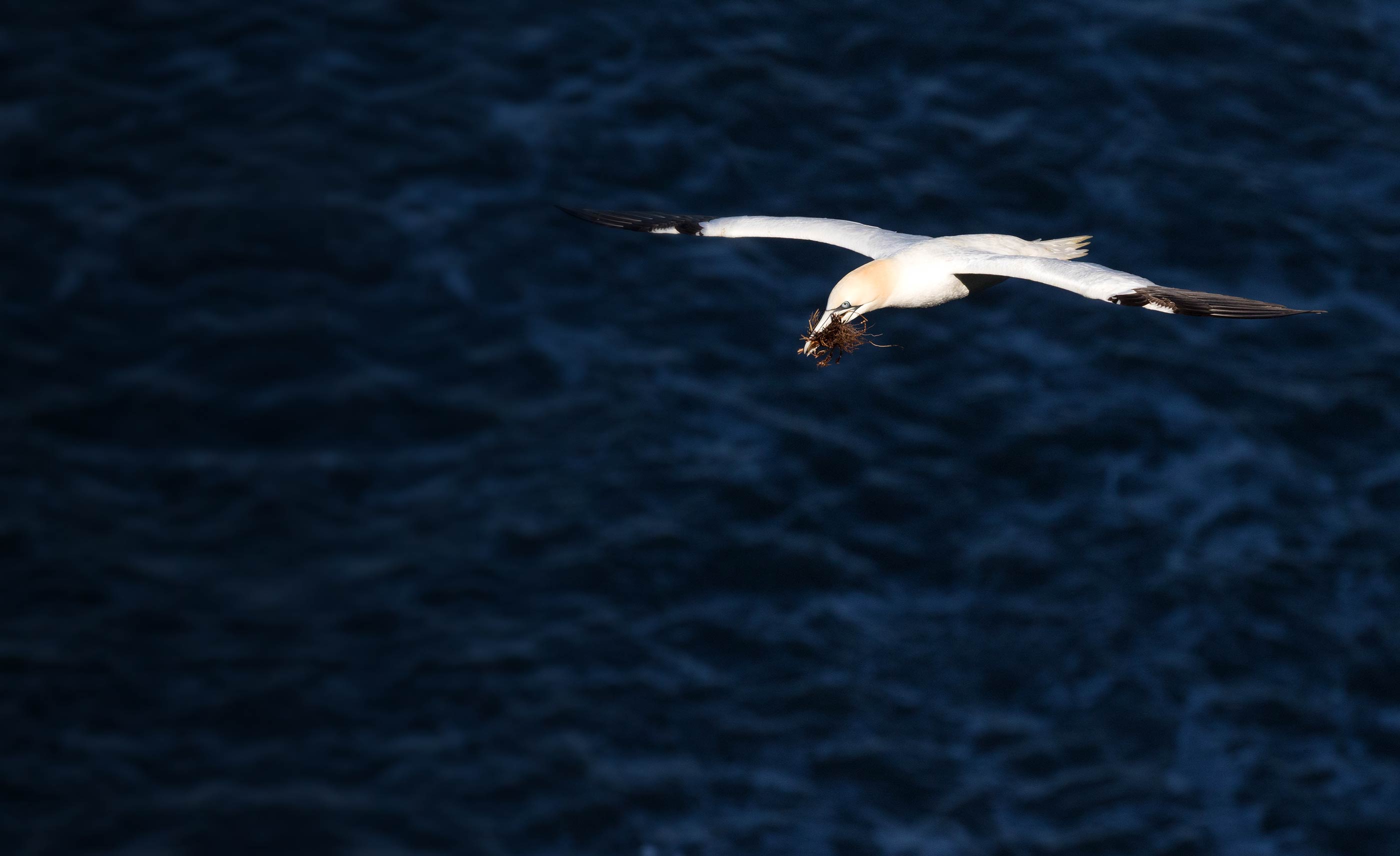2010
Each month in the BTO e-newsletter we include a little known fact. You can take a look at all of these below.
Did you know facts from the 2010 e-newsletter:
December
Did you know that smaller birds have more feathers per unit area of skin than bigger birds. A small songbird has between 2,000 and 4,000 feathers, whilst a Bewick’s Swan has 25,000. However, if a Wren was the size of a Bewick’s Swan and maintained it's feathers per unit area of skin, it would have around 12,500,000 feathers!
November
Did you know that the Goldcrest also used to be known by the name Woodcock pilot? During the early days of migration monitoring, it was noted that Woodcock and Goldcrests turned up at the same time as each other on the east coast of Britain. Many observers thought the Goldcrest was too small to make the crossing of the North Sea unaided and that they must hitch a ride on the back of the Woodcock, hence Woodcock pilot. Of course, thanks to ringing, we now know that these diminutive birds can, and do, cross the North Sea every winter, making the return journey the following spring.
October
Did you know that throughout the winter months birds use nestboxes; not for breeding but for roosting. A nestbox provides a safe and relatively warm place for small birds to see out the long, cold winter nights. Blue Tits generally have the box to themselves but Wrens will congregate inside, sharing body heat. The record number of Wrens huddled into a nestbox is 63. So, put up a box this winter and you could be providing some winter warmth. It might even get used next spring for raising a family.
September
Did you know that the large scale study of bird migration in Britain began with lighthouse keepers, as they regularly reported migrant birds being attracted by the lights. After a visit to Heligoland in 1874, the Ornithologist John Cordeaux enlisted lighthouse keepers around the entire coast of the British Isles into a survey of migrant birds - the keepers often reported large numbers of birds being attracted to the lights. This developed into the Bird Observatories of today.
August
Did you know that in many members of the wader family, dad is left holding the baby while mum heads off on her winter holidays. Green Sandpiper is a classic example of this: one of the earliest waders to return from the breeding grounds, with the first birds appearing in mid-June likely to be the females who leave the unfledged young in the care of the male. Males and juveniles then arrive towards the end of July and early August. The Red-necked Phalarope goes one further than this and once the eggs are laid, the female leaves the male to do all the incubating and subsequent feeding before heading off to the winter quarters in the Arabian Sea!
July
Did you know that Jays engage in a behaviour called 'anting' regularly throughout the summer months. 'Anting' can be seen in woodlands, parks and gardens where ants are available but the Jays aren't eating them as they find them distasteful. What they are doing is picking them up in their bills and placing them on their feathers. These angry ants then squirt formic acid at the Jay which is thought to help reduce parasites in the bird's plumage and help keep feathers in tip-top condition! The best time to observe this behaviour is during July and August, so keep a look out over the next month. This behaviour is not unique to Jays; other birds like the Great Tit also enjoy a bit of 'anting' too.
June
Did you know that the Arctic Tern probably sees more daylight than any other living creature, spending the summer months in the 24 hour daylight of the Arctic and the winter months in the 24 hour daylight of the Antarctic. It obviously undertakes huge migrations to achieve this, so it comes as no surprise that it holds the record for the longest distance recovery of any British bird, with one ringed in Anglesey found in Australia, 18,056km away.








Share this page